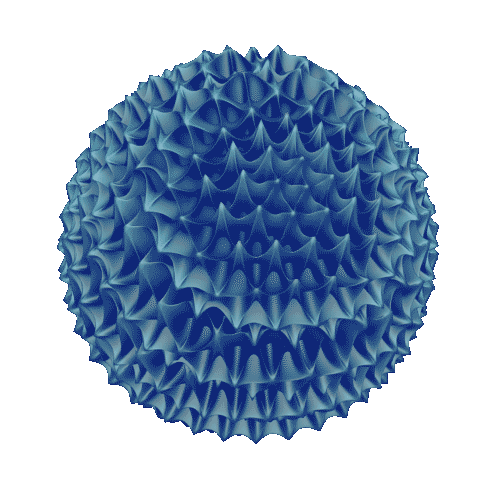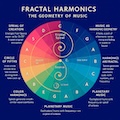It seems like with many groups of animals, even closely related groups have such wide variations in speciation. Take beetles for example, they constitute 40% of all insects, whereas their closest living relates, groups like Strepsiptera, Raphidioptera and Megaloptera have far fewever species, even when all put together.
So what is that generally causes such disparities in speciation, even for closely related organisms? It makes sense that small groups with very few individuals might not generate a lot of different species, but some populations are huge and have very few species (e.g bristlemouths)
Are there any important trends/mechanisms that affect speciation? Is it random? Would love to hear some ideas that explain the patterns outlined.
[link] [comments]






 English (US) ·
English (US) ·